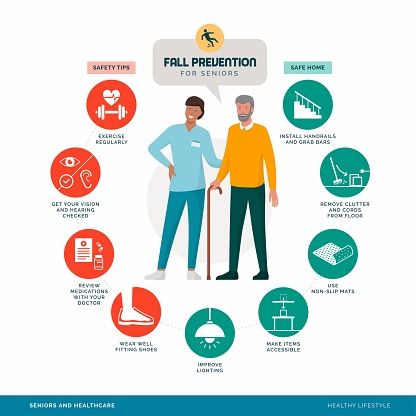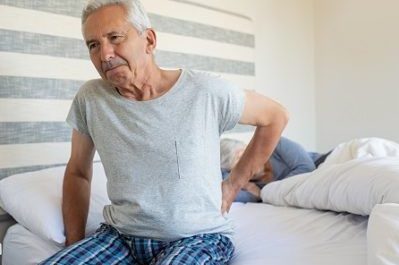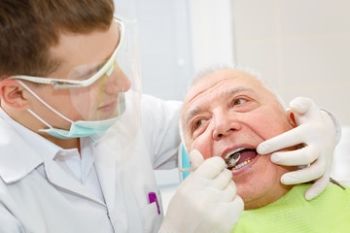As we age, our bodies go through natural changes that can increase our risk of falling. Falls are a major concern for older adults, as they can lead to serious injuries such as fractures, head trauma, and even death. However, by taking some preventive measures and making necessary adjustments in our lifestyles, we can reduce the risk of falls and enjoy a safer and more independent life.
Stay physically active
Regular physical activity is essential for maintaining strength, balance, and flexibility, which are crucial in preventing falls. Engaging in activities such as walking, swimming, tai chi, or yoga can help improve your overall fitness and reduce the risk of falling. It is important to consult with your healthcare provider before starting any new exercise program to ensure it is appropriate for your physical condition.
Make your home safe
Creating a safe environment at home is crucial to prevent falls. Start by removing any hazards that can cause tripping, such as loose rugs, clutter, and electrical cords. Install handrails and grab bars in the bathroom and along stairways to provide additional support. Make sure your living space is well lit, use nightlights in hallways and bathrooms, and have switches easily accessible near each entrance to avoid walking in the dark.
Wear appropriate footwear
Wearing proper footwear plays a significant role in fall prevention. Opt for shoes that provide good support and have non-slip soles. Avoid high heels, loose slippers, or shoes with smooth bottoms, as they can increase the risk of slipping and falling. It is important to ensure your shoes fit correctly and do not cause discomfort or instability while walking.
Have regular eye check-ups
Poor vision can significantly increase the risk of falling. Make sure to have regular eye check-ups and keep your prescription glasses up to date. If needed, consider using glasses with anti-glare lenses to improve visibility. Additionally, avoid wearing tinted or dark glasses indoors, as they can reduce light perception and make it harder to spot potential hazards.
Review medications
Some medications can have side effects such as dizziness, drowsiness, or impaired balance, which can contribute to falls. It is crucial to review your medications with your healthcare provider to understand any potential risks and adjust dosages if necessary. Keep a list of your medications, including over-the-counter drugs and supplements, and discuss any concerns or side effects with your healthcare provider.
Use assistive devices
If you experience difficulties with balance or mobility, consider using assistive devices such as canes or walkers. These devices provide additional support and stability, reducing the chances of falling. It is important to choose the right device for your specific needs and ensure it is properly adjusted for your height and comfort. Additionally, make sure to use the device as instructed and seek assistance or training if needed.
Maintain a healthy diet
A balanced diet rich in nutrients can help maintain bone health and muscle strength. Make sure to include foods that are high in calcium and vitamin D to promote strong bones. Stay hydrated and limit the consumption of alcohol, as dehydration and excessive alcohol intake can increase the risk of falls. If needed, consult with a registered dietitian or healthcare provider for personalized dietary recommendations.
Stay cautious outdoors
In addition to taking preventive measures at home, it is essential to stay cautious when navigating outdoor environments. Pay attention to uneven surfaces, slippery pathways, and obstacles on sidewalks. If possible, use sidewalks with ramps or handrails for added support. During cold or icy weather, make sure to wear appropriate footwear with good traction and take small steps to maintain stability.
Stay connected
Staying socially connected and engaged can have a positive impact on fall prevention. Maintaining social relationships, participating in activities, and joining exercise or balance classes can help boost confidence, reduce isolation, and promote overall well-being. It is important to reach out to friends, family, or community support groups to prevent feelings of loneliness or depression, which can increase the risk of falls.
Conclusion
Preventing falls among older adults requires a combination of lifestyle adjustments, home modifications, and regular healthcare maintenance. By following these fall prevention tips, older adults can reduce their risk of falling, maintain independence, and enjoy a safer and healthier life.




